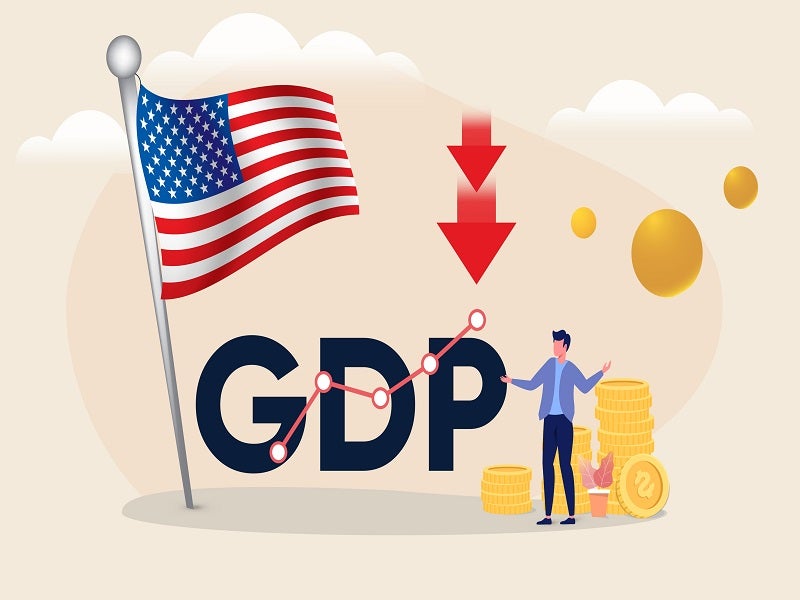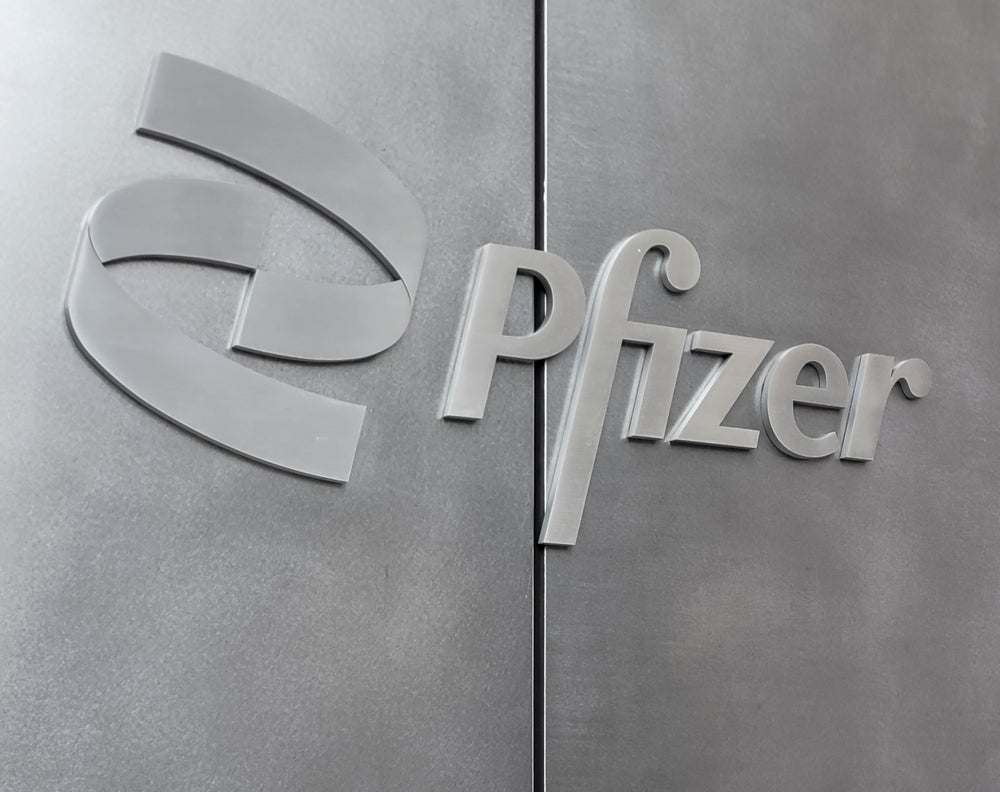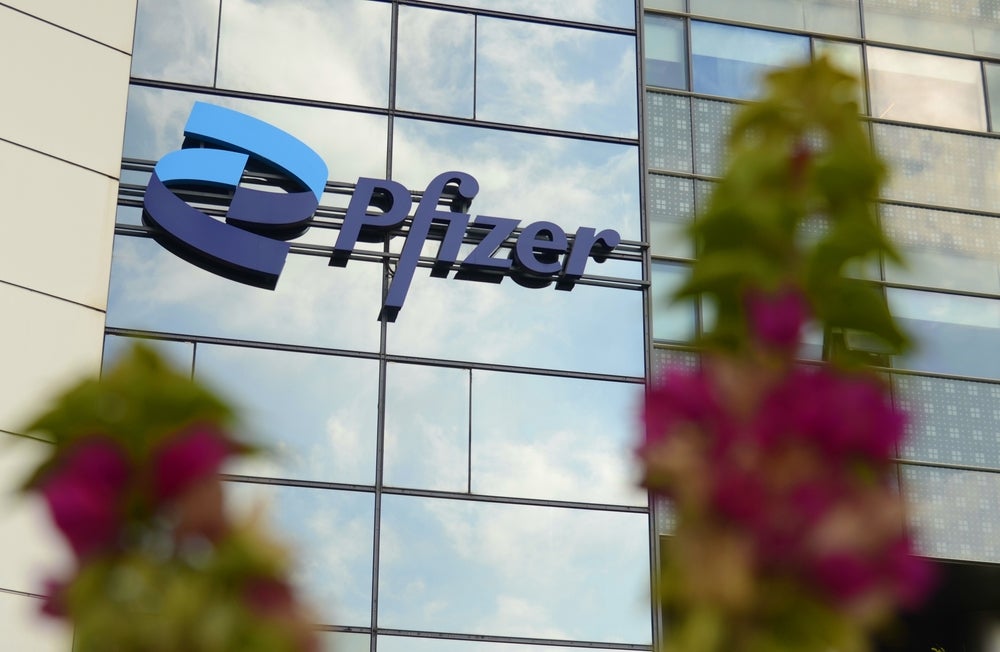The US GDP is projected to contract by 6% due to the economic downturn caused by the Covid-19 pandemic. Foreign direct investment inflows from US into China continue to rise despite these projections. Macroeconomic influencers share their views on the Covid -19 impact.
Robin Brooks
Robin Brooks, chief economist at Institute of International Finance, shared a chart on the expected GDP contraction in the US by 6%. He added that the Eurozone is expected to contract by 9%.
Brooks noted that a larger output gap and deflationary momentum is expected in the Euro zone as a result of the GDP contraction.
We forecast a contraction in GDP of -6.0% for the US this year (black) and a contraction of -9.0% for the Euro zone (blue). We therefore expect a much larger output gap and deflationary momentum in the Euro zone. All this runs counter to current bullish sentiment on EUR/$… pic.twitter.com/1mcX5GOCj4
— Robin Brooks (@RobinBrooksIIF) July 21, 2020
How well do you really know your competitors?
Access the most comprehensive Company Profiles on the market, powered by GlobalData. Save hours of research. Gain competitive edge.

Thank you!
Your download email will arrive shortly
Not ready to buy yet? Download a free sample
We are confident about the unique quality of our Company Profiles. However, we want you to make the most beneficial decision for your business, so we offer a free sample that you can download by submitting the below form
By GlobalDataMatt Grudnoff
Matt Grudnoff, an economist at the Australian Institute, shared an article on the dangers of prematurely ending the Jobseeker payments in Australia. The government plans to reduce jobseeker payments from $550 a fortnight to $220 a fortnight from September.
The jobseeker payments have helped in supporting several Australians and lowering the payments could push them into poverty, the article adds. Further, cutting jobseeker payments may not provide the savings for the government as projected.
The article notes that the jobseeker payments should continue as they will ensure the physical and mental wellbeing of people, while encouraging them to seek employment opportunities. The cost of the payments can be absorbed by the government budget in the long run.
Jobseeker payment: economists on why it's dangerous to cut the coronavirus supplement | Julie Moschion, @GrogsGamut, @BrendanCoates, @TheKouk, @nickihutley, @MattGrudnoff https://t.co/HteSurz0Ry
— Svetlana Stankovic (@SvetlaStankovic) July 21, 2020
Stephany Griffith-Jones
Stephany Griffith-Jones, financial markets director at Initiative for Policy, shared an article in the rise in FDI inflows from US to China despite the rising tensions between the countries. Between January and June, FDI inflows into China increased by 6% compared to the previous year.
US businesses have been investing in China due to the vast potential of the economy with investments in April along totalling $10bn. The long-term scope of FDI inflows, however, looks bleak. A survey conducted by the American Chamber of Commerce in China indicates that businesses are delaying investments in the country and moving production out to protect their supply chains.
China is seeking FDIs and also reduced the number of industries that are excluded from FDI from 40 to 33. The rising tensions between the US and China and implementation of national security law in Hong Kong, however, is further creating new uncertainties.
From January to June, US FDI into China rose 6% yoy, even as overall FDI into China dropped 1.3%. A close friend, an official in one of the largest municipalities, told me a few months ago that there's a lot of pressure on local officials to encourage FDI.https://t.co/w0Ufn0B9La
— Michael Pettis (@michaelxpettis) July 21, 2020
Adam Tooze
Adam Tooze, director of European Institute, shared an article on how cutting the furlough programmes in Europe could increase unemployment rates. The euro area is projected to have an unemployment rate of 10% by the end of year, which is projected to increase by 4%-6%, if the furlough schemes end.
According to a survey, more than half of the businesses in the UK are expected to cut their staff after the furlough programme ends. Urgent measures are needed to address the impending rise in unemployment levels to prevent a prolonged economic recovery, the article adds.
https://twitter.com/adam_tooze/status/1285518810418683904









Related Company Profiles
Job Seeker Pty Ltd